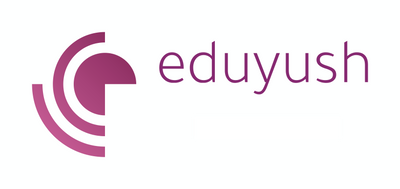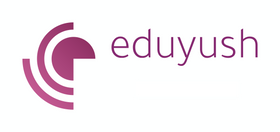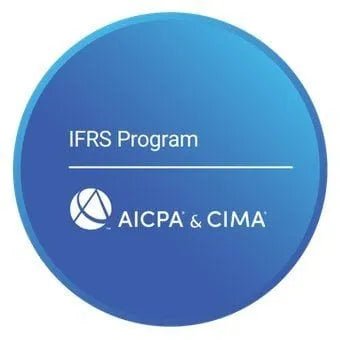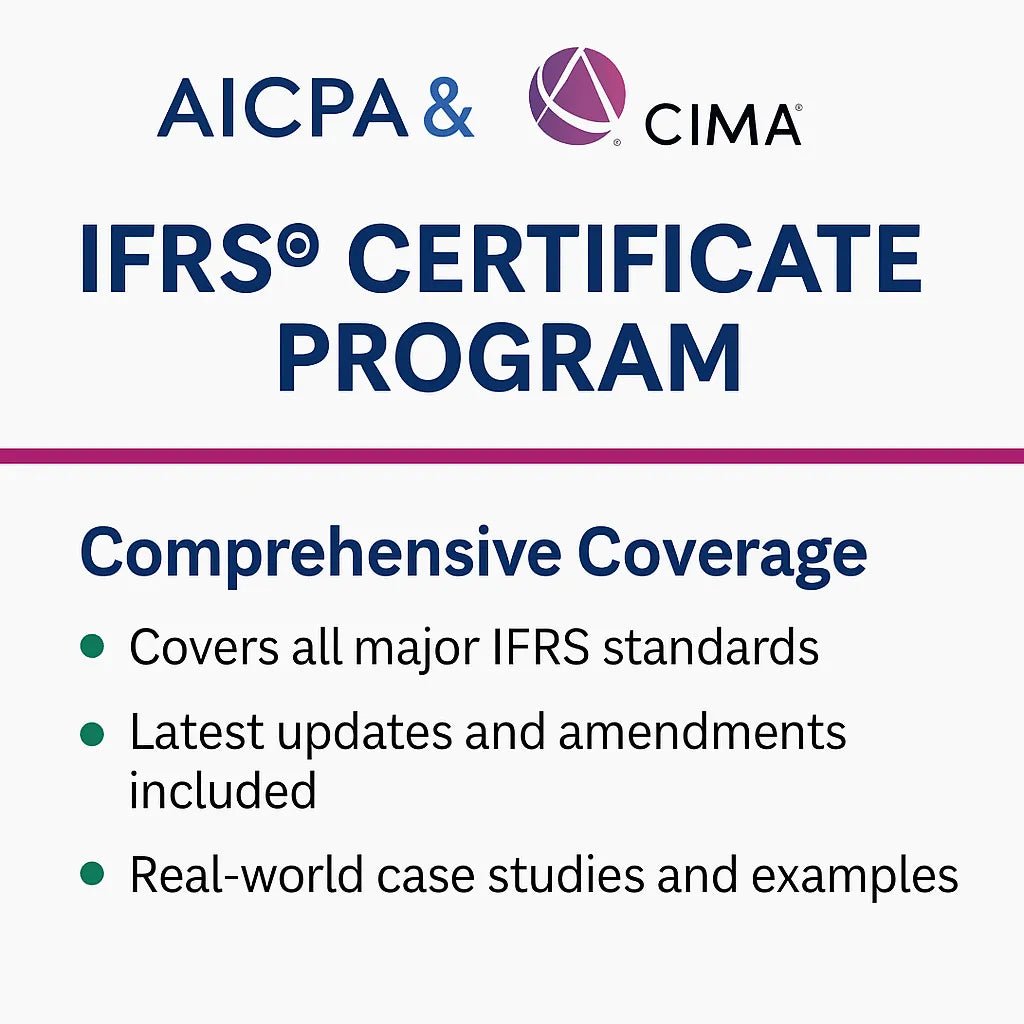How to Write Professional Reports in ACCA SBL Exam
How to Write Professional Reports in ACCA SBL Exam
Writing professional reports is a crucial skill in the ACCA SBL exams. Many students lose marks because they write reports that resemble other ACCA papers rather than genuine business reports.
What Makes SBL Reports Different
SBL reports must sound like business advice to senior managers. The exam tests whether you can communicate like a professional consultant, not like a student answering exam questions.
Understanding what SBL actually stands for helps you see why professional communication matters so much in this exam.
The 5 Essential Parts of SBL Reports
1. Professional Header Section
Every SBL report needs these header details:
- To: [Recipient name and title]
- From: [Your professional role]
- Date: [Current date]
- Subject: [Clear description of report purpose]
2. Executive Summary
Write 2-3 sentences that explain:
- What you analyzed
- Key findings
- Main recommendation
3. Main Analysis Sections
Use clear headings that match the requirement. Avoid using generic headings such as "Introduction" or "Analysis."
4. Conclusions and Recommendations
Tell the reader exactly what they should do based on your analysis. Be specific about actions needed.
5. Professional Tone Throughout
Write like you are advising a CEO, not answering an exam question.
Step-by-Step Report Writing Method
Step 1: Read the Requirement Carefully
Many students fail because they do not answer what was actually asked. Read the preamble and professional skills requirement together.
The biggest mistake is writing about change management models when the question asks for contextual features. This shows you why [90% of SBL candidates fail](link to blog 2) - they answer the wrong question.
Step 2: Plan Your Report Structure
Spend 5 minutes planning your headings. Your headings should originate from the requirements, not from the models you want to use.
Good heading: "Financial Resources Available for Change Implementation." Bad heading: "Balogun and Hope Hailey Analysis."
Step 3: Write Applied Business Analysis
Every paragraph needs:
- A business point relevant to the case study
- Evidence from the exhibits
- Explanation of why this matters
- Impact on the organization
Never copy information from exhibits without explaining what it means for business decisions.
Step 4: Connect Your Analysis to Business Outcomes
Show how your points affect:
- Financial performance
- Stakeholder relationships
- Strategic objectives
- Risk management
- Future sustainability
Step 5: Provide Actionable Recommendations
Your recommendations must be:
- Specific to the organization
- Practical to implement
- Based on your analysis
- Helpful for decision-making
Common Report Writing Mistakes
Mistake 1: Using Academic Language
Wrong: "The utilization of change management frameworks facilitates organizational transformation."
Right: "The CEO needs clear communication plans to help employees understand how changes support HP's mission to preserve historical sites."
Mistake 2: Generic Business Theory
Do not write paragraphs that could apply to any company. Everything must be specific to the case study organization.
Mistake 3: Poor Professional Skills Application
Remember that [professional skills mistakes cost 20 marks](link to blog 3). Communication skills are tested through how clearly you present information to facilitate effective decision-making.
Mistake 4: Wrong Report Format
SBL reports are different from other ACCA exam answers. Learn the differences by understanding [how SBL differs from other ACCA exams](link to blog 4).
Professional Language Guidelines
Use Simple Business Language
Write clearly and directly. Avoid complex sentences that confuse the reader.
Choose Action-Oriented Words
Use words that help the reader understand what to do:
- Recommend instead of suggest
- Implement instead of considering
- Analyze instead of looking at
- Evaluate instead of thinking about
Write for Senior Management
Your audience is board members and senior executives. They need practical advice, not theoretical explanations.
Time Management for Report Writing
Planning Time: 10% of allocated time
For an 18-mark requirement, spend 3-4 minutes planning.
Writing Time: 80% of allocated time
Focus on applied analysis that uses case study information to make business points.
Review Time: 10% of allocated time
Ensure that your report addresses the specific requirement and follows a professional format.
Professional Skills Integration
Communication skills are worth four marks in every report requirement. These marks depend on:
- Clear structure that helps decision-making
- Professional tone appropriate for the audience
- Logical flow of information
- Practical recommendations that can be implemented
The SBL online coaching program provides expert feedback on report writing skills and professional communication standards.
Advanced Report Writing Techniques
Technique 1: Strategic Business Perspective
Always consider:
- Multiple stakeholder impacts
- Short-term and long-term consequences
- Resource requirements
- Implementation challenges
- Success measurement methods
Technique 2: Evidence-Based Arguments
Support every central point with specific evidence from:
- Financial data in exhibits
- Stakeholder feedback
- Operational information
- Market conditions
- Organizational capabilities
Technique 3: Integrated Analysis
Connect the different parts of your analysis to demonstrate a comprehensive understanding of the business. Link financial performance to operational factors and stakeholder relationships.
Practice Strategy for Report Writing
Regular practice with real SBL case studies develops professional communication skills. The comprehensive ACCA SBL book collection provides detailed examples of professional report formats.
Study additional technical guidance through SBL technical articles, which demonstrate how complex business topics can be communicated professionally.
Common Questions About SBL Reports
How long should SBL reports be?
Length depends on the marks available. Use approximately 100-120 words per mark as a guideline.
Should I use models in reports?
Only use models if they help structure your analysis and add value to your recommendations. Never force models into answers.
How formal should the language be?
Professional but accessible. Write like a senior consultant advising business leaders.
Can I use headings and subheadings?
Yes, clear headings improve communication effectiveness and help readers find important information quickly.
Building Long-Term Success
Professional report writing skills develop through consistent practice with realistic business scenarios. Focus on providing practical value to fictional clients rather than demonstrating theoretical knowledge.
Learn proven preparation strategies through comprehensive SBL success methods and explore intensive approaches for focused study periods.
The key to mastering SBL reports is understanding that every mark depends on your ability to provide practical business advice rather than academic analysis. This professional mindset shift transforms both your report writing skills and your exam performance.
Other popular SBL Blogs
FAQs
ACCA blogs
Follow these links to help you prepare for the ACCA exams
IFRS blogs
Follow these blogs to stay updated on IFRS
Formats
Use these formats for day to day operations
- Account closure format
- Insurance claim letter format
- Transfer certification application format
- Resignation acceptance letter format
- School leaving certificate format
- Letter of experience insurance
- Insurance cancellation letter format
- format for Thank you email after an interview
- application for teaching job
- ACCA PER examples
- Leave application for office
- Marketing manager cover letter
- Nursing job cover letter
- Leave letter to class teacher
- leave letter in hindi for fever
- Leave letter for stomach pain
- Leave application in hindi
- Relieving letter format
Interview questions
Link for blogs for various interview questions with answers
- Strategic interview questions
- Accounts payable interview questions
- IFRS interview questions
- CA Articleship interview questions
- AML and KYC interview questions
- Accounts receivable interview questions
- GST interview questions
- ESG Interview questions
- IFRS 17 interview questions
- Concentric Advisors interview questions
- Questions to ask at the end of an interview
- Business Analyst interview questions
- Interview outfits for women
- Why should we hire you question
leave application format
- Leave application for office
- Leave application for school
- Leave application for sick leave
- Leave application for marriage
- leave application for personal reasons
- Maternity leave application
- Leave application for sister marriage
- Casual leave application
- Leave application for 2 days
- Leave application for urgent work
- Application for sick leave to school
- One day leave application
- Half day leave application
- Leave application for fever
- Privilege leave
- Leave letter to school due to stomach pain
- How to write leave letter
Insurance blogs
- Sample letter of appeal for reconsideration of insurance claims
- How to increase insurance agent productivity
- UAE unemployment insurance
- Insurance cancellation letter
- Insurance claim letter format
- Insured closing letter formats
- ACORD cancellation form
- Provision for insurance claim
- Cricket insurance claim
- Insurance to protect lawsuits for business owners
- Certificate holder insurance
- does homeowners insurance cover mold
- sample letter asking for homeowner right to repair for insurance
- Does homeowners insurance cover roof leaks














Leave a comment